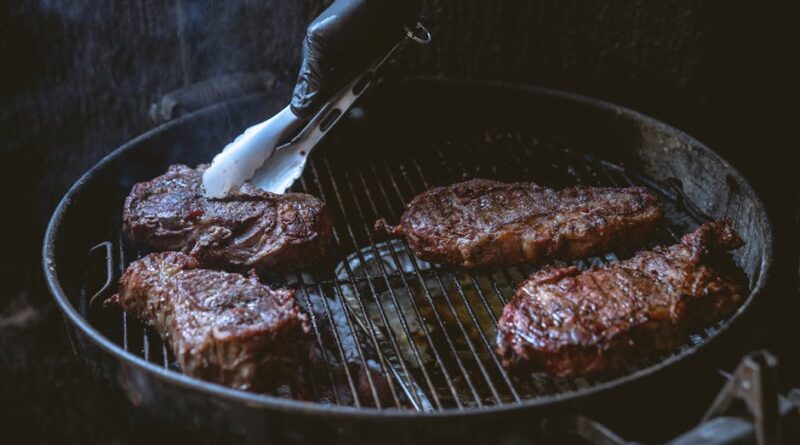Chefs Secrets for Perfect Steak
Picture this: a perfectly seared, juicy steak, with a golden-brown crust giving way to a tender, pink center. The mere thought of a well-cooked steak can make anyones mouth water. But what are the secrets behind achieving that flawless steak every time? In the world of culinary arts, mastering the art of cooking the perfect steak is considered a true feat. From choosing the right cut of meat to mastering the cooking technique, there are several factors that come into play. Lets dive into the chefs secrets for perfecting the art of cooking steak.
The Importance of Choosing the Right Cut
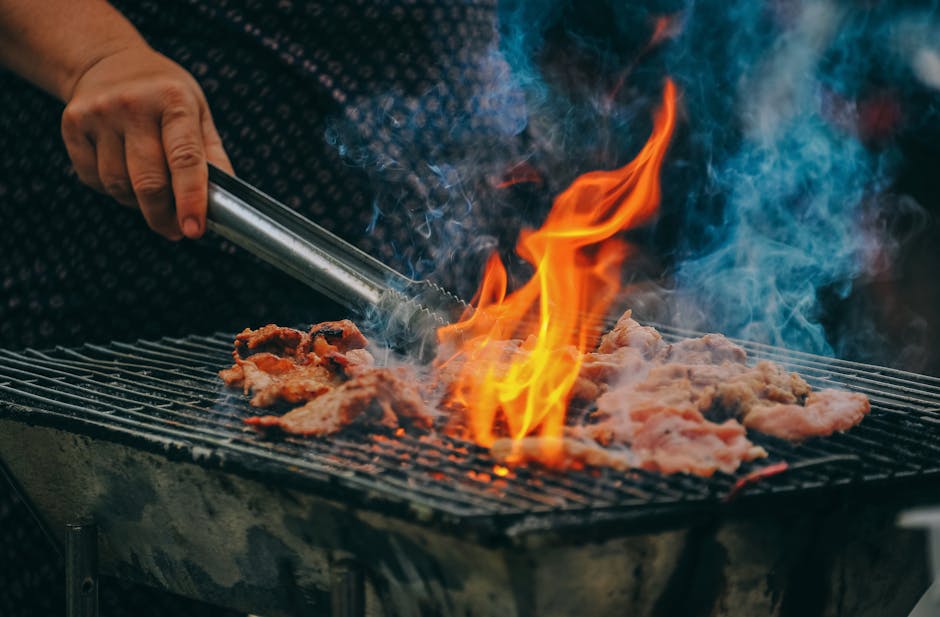
When it comes to cooking the perfect steak, the choice of meat plays a crucial role. Different cuts of steak offer varying levels of tenderness, flavor, and marbling. Chefs often prefer cuts like ribeye, filet mignon, and strip steak for their exceptional taste and tenderness. Ribeye, known for its rich marbling, offers a juicy and flavorful steak, while filet mignon, a lean cut, provides a tender and buttery texture. Strip steak, with its perfect balance of marbling and tenderness, is a popular choice among steak enthusiasts.
Understanding the Importance of Marbling
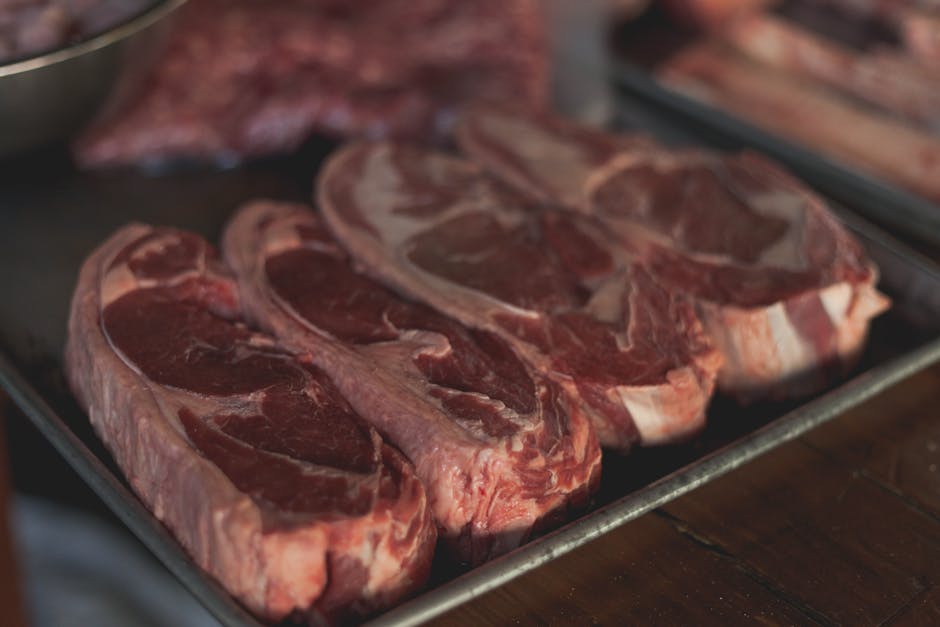
Marbling, the intramuscular fat found in steak, plays a significant role in determining the flavor and tenderness of the meat. The presence of marbling enhances the juiciness and richness of the steak, making it more flavorful and tender. When choosing a steak, look for cuts with visible marbling, as it indicates a higher quality of meat. Well-marbled steaks are often preferred by chefs for their superior taste and texture.
The Art of Seasoning
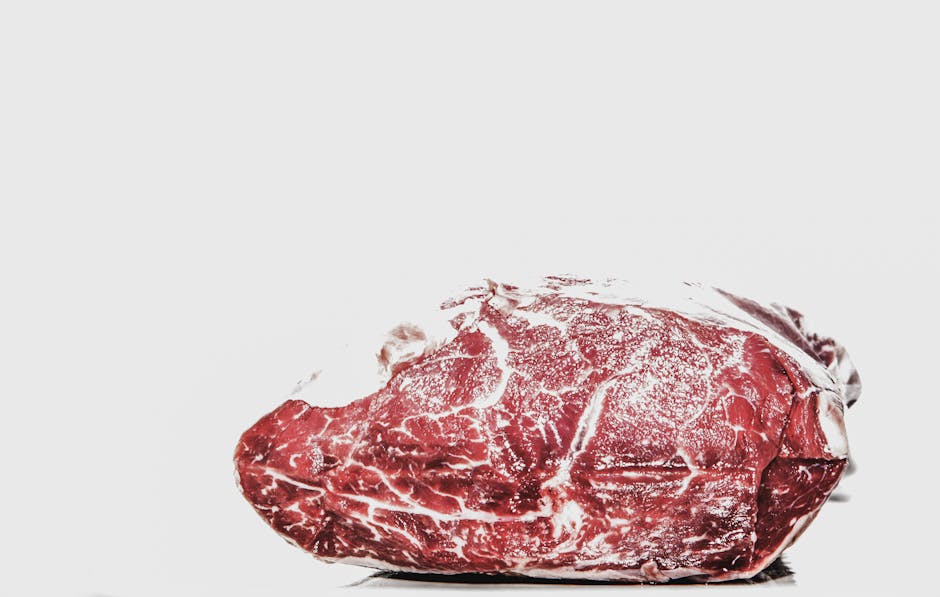
Seasoning is a crucial step in preparing the perfect steak. While salt and pepper are the classic seasonings for steak, chefs often experiment with a variety of herbs and spices to enhance the flavor profile. Before cooking the steak, ensure that it is at room temperature and pat it dry with a paper towel. Season the steak generously with salt and pepper on both sides, pressing the seasonings into the meat to ensure even distribution.
Mastering the Cooking Technique
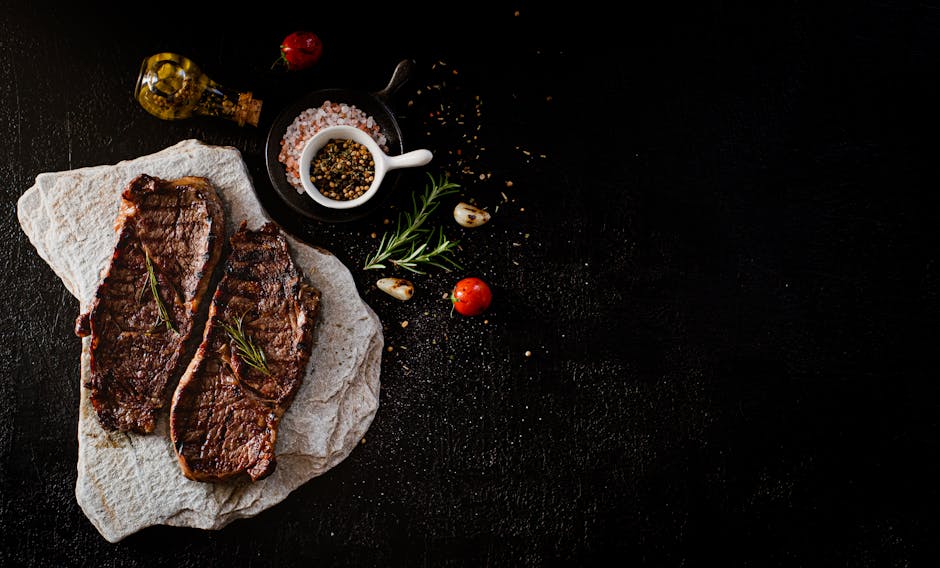
Cooking steak to perfection requires mastering the right cooking technique. Whether you prefer grilling, pan-searing, or broiling, each method offers a unique flavor profile and texture to the steak. When grilling steak, preheat the grill to high heat and sear the steak for a few minutes on each side to achieve a caramelized crust. For pan-searing, heat a cast-iron skillet over high heat and sear the steak until it develops a golden-brown crust. Whichever method you choose, be sure to let the steak rest for a few minutes before slicing to allow the juices to redistribute.
The Importance of Resting the Steak
Resting the steak after cooking is a crucial step that is often overlooked. Allowing the steak to rest for a few minutes before slicing helps the juices redistribute evenly throughout the meat, resulting in a more tender and flavorful steak. Cover the steak loosely with foil and let it rest for about 5-10 minutes to ensure optimal juiciness.
Temperature Control and Doneness
Achieving the perfect level of doneness is a matter of precision and skill. Whether you prefer your steak rare, medium-rare, medium, or well-done, it is essential to use a meat thermometer to ensure accurate temperature control. Rare steak typically registers at 120-125F, medium-rare at 130-135F, medium at 140-145F, and well-done at 160F and above. By monitoring the internal temperature of the steak, you can achieve your desired level of doneness with precision.
Pairing Steak with the Perfect Wine
Pairing steak with the right wine can elevate the dining experience to a whole new level. Rich, full-bodied red wines like Cabernet Sauvignon, Merlot, and Malbec complement the bold flavors of steak, while lighter reds like Pinot Noir and Zinfandel offer a more delicate pairing. When choosing a wine to accompany your steak, consider the cut of meat, the cooking method, and your personal preference to create a harmonious balance of flavors.
Common Misconceptions About Cooking Steak
Despite its popularity, cooking the perfect steak can be intimidating for many home cooks. Common misconceptions about cooking steak include the belief that searing steak seals in the juices (in reality, searing creates a flavorful crust but does not lock in moisture) and the idea that flipping the steak multiple times will result in a tough texture (flipping the steak frequently can actually promote even cooking and prevent overcooking).
Conclusion
To wrap things up, mastering the art of cooking the perfect steak requires attention to detail, precision, and a passion for culinary excellence. By choosing the right cut of meat, understanding the importance of marbling, mastering the seasoning and cooking techniques, and paying attention to temperature control and doneness, you can elevate your steak-cooking skills to new heights. Whether you prefer a rare, medium-rare, or well-done steak, the chefs secrets for perfect steak will guide you towards culinary perfection.

